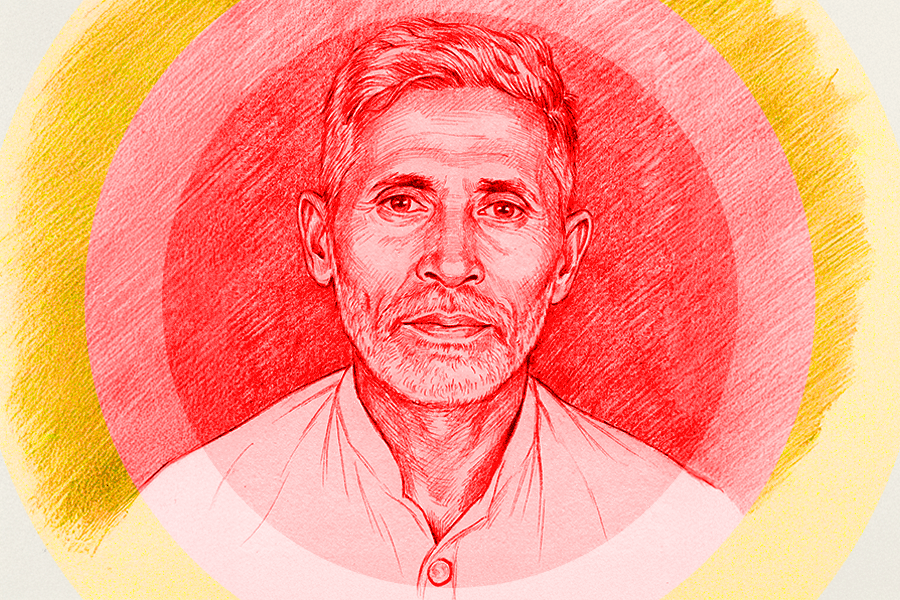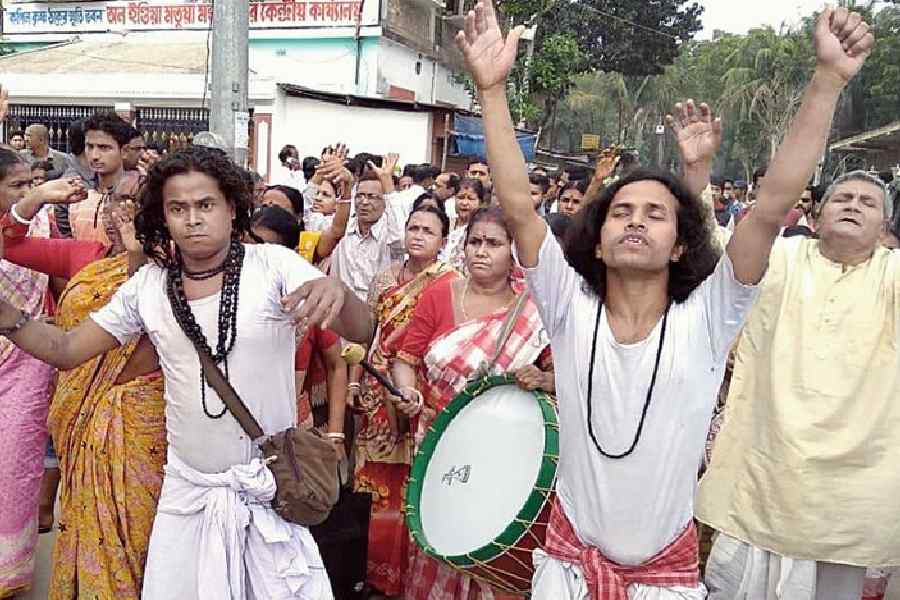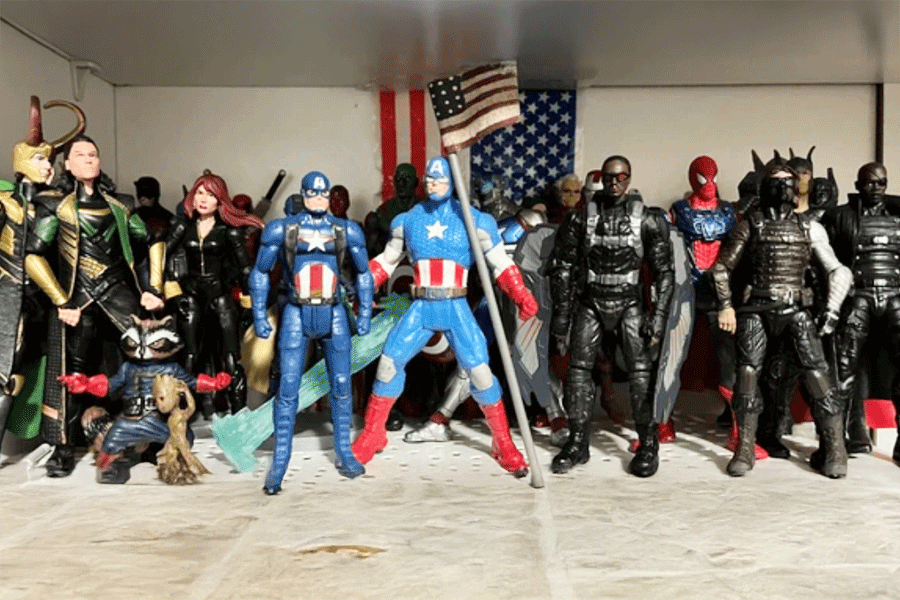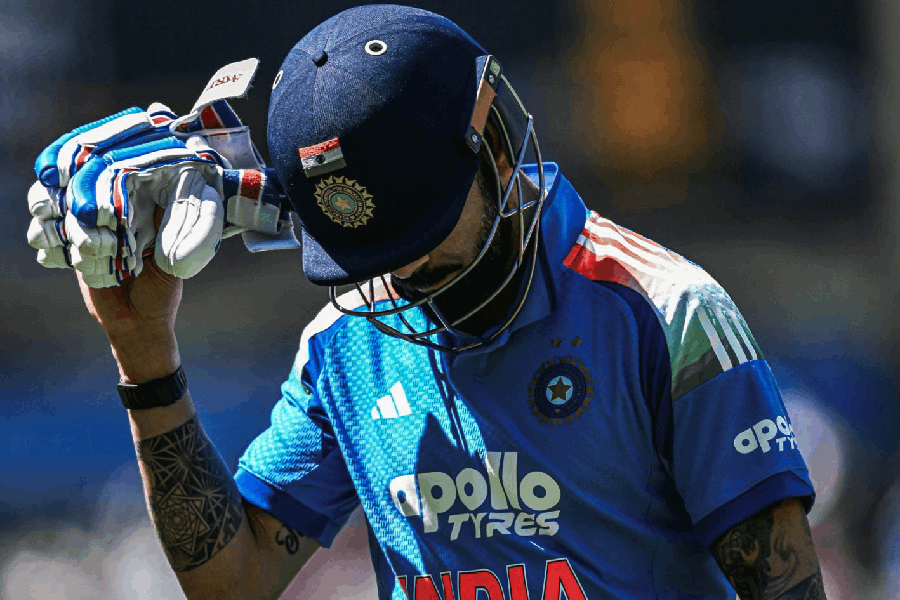The camera is a sinister machine. In an instant, it can divide a situation into unbridgeable spaces and positions, separating the photographer from the photographed. The divisions induced by the camera are often harmless, but sometimes they work along already existing breaks and differences in society, endorsing inequalities that go against justice and decency. The video showing women of the Jarawa tribe in the Andaman Islands dancing for tourists has prompted the police to register a case against the unknown persons who have shot and uploaded the video. There are two distinct sets of laws under which the case has been filed. First, laws against the publishing of obscene materials. Second, laws protecting the lives, habitat and rights of tribal people. Both charges take the episode to the heart of the problem of how the State and mainstream civil society should relate to the existence of ‘endangered’ tribal communities. Does one erase difference or does one preserve it? Exoticizing tribal culture, and thinking about it in terms of welfare, protection and preservation — are these different sides of the same, essentially exploitative and regressive, coin?
What, one might ask, is ‘obscene’ about this video: the fact that the women dancing in it are unselfconsciously naked, or that people who are outsiders to that unselfconsciousness have chosen to shoot these women for a different sort of public delectation? And what about the ethics and politics of protection? Keeping the winds of inevitable change away from a tribal community in the name of saving it from getting absorbed into the mainstream — is that necessarily ‘good’ for the tribals, and who decides what is good for them? Why is it always assumed that when members of a tribe perform for non-tribals, there can been no question of willed action or choice on the part of the former? These questions cannot, and should not, have simple answers.











